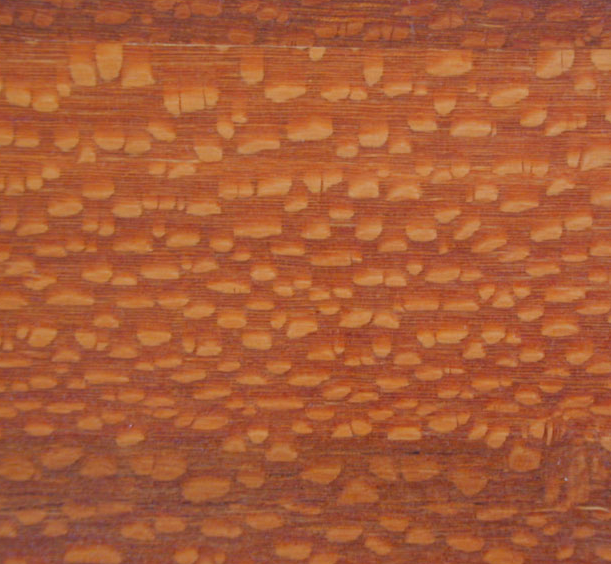Introduction of PlexiGlass has significantly
changed the trend of picture framing industry. People have a better
option to glass to show off their creative artworks in a
sophisticated way. Plexi glass doesn't just look similar to glass but
also has some definite benefits that simple glass can't provide you.
This difference of performance makes the Plexiglass one of the most
obvious choice when it comes to picture framing.
Plexiglasspicture framing can provide your latest artwork a definitely sleek look that will also suit perfectly on your modern walls.
Plexiglasspicture framing can provide your latest artwork a definitely sleek look that will also suit perfectly on your modern walls.
Benefits Of Plexiglass Picture Framing
 |
| Plexi glass picture frame | img: luminati.co.uk |
Weight:
Plexiglass is quite lighter compared to usual glass. This means when you use Plexiglass for your picture framing, the assembly at whole will have lower weight and thus less probability of harm in the case if it falls down from where it is mounted. Also it makes it easier to transport your whole framed assembly from one place to another.
Clarity:
Though technically Plexiglass is not a glass, the clarity you get with Plexiglass is quite similar to that of glass. The only drawback with Plexiglass is its scratchy nature. However, there are improved versions of Plexiglass available for framing, it is still more scratchy than glass. Also Plexiglass is clearer than glass due to less amount of glares.
Thermo-formability:
Plexiglass, being acrylic product made of petroleum, possesses great flexibility and hence you can try using plexiglass for unusually shaped picture frames too. It allows you be creative with your framing assembly.
Shatter Resistance:
Plexiglass shows more strength and more shatter resistance compared to the glass. A Plexiglass pane can withstand more pressure than the same thickness of usual glass pane. It means that a plexiglass framing assembly would never shatter down into dangerous pieces as that of glass when broken by a reasonably heavy impact.
UV Protection:
After prolong artificial and outdoor exposure to light, Plexi glass doesn't change in looks. It means that Plexiglass is quite resistant to UV rays and it doesn't harm your artwork for long time. However, for preservation purpose, it is advised to use thin UV protective film with Plexiglass to save the artwork from UV rays.
Easy transportation:
Due to durability, lightness and flexibility level, Plexiglass is less likely to get broken or harmed while transportation. Especially when transporting the artwork over long distance, Plexiglass is far ideal than glass.
Color Choice:
Plexiglass comes in variety of colors which not only look good but also protects the artwork from harmful UV rays and sunlight. In case if you want to be creative with your Plexiglass framing, this is great option.
Decorative:
Due to sleek look of Plexiglass picture frames and quite plain structure, Plexiglass picture frames look quite elegant and sophiticated and makes clear display of your artwork which adds alive charm to your place.
Plexiglass is quite lighter compared to usual glass. This means when you use Plexiglass for your picture framing, the assembly at whole will have lower weight and thus less probability of harm in the case if it falls down from where it is mounted. Also it makes it easier to transport your whole framed assembly from one place to another.
Clarity:
Though technically Plexiglass is not a glass, the clarity you get with Plexiglass is quite similar to that of glass. The only drawback with Plexiglass is its scratchy nature. However, there are improved versions of Plexiglass available for framing, it is still more scratchy than glass. Also Plexiglass is clearer than glass due to less amount of glares.
Thermo-formability:
Plexiglass, being acrylic product made of petroleum, possesses great flexibility and hence you can try using plexiglass for unusually shaped picture frames too. It allows you be creative with your framing assembly.
Shatter Resistance:
Plexiglass shows more strength and more shatter resistance compared to the glass. A Plexiglass pane can withstand more pressure than the same thickness of usual glass pane. It means that a plexiglass framing assembly would never shatter down into dangerous pieces as that of glass when broken by a reasonably heavy impact.
UV Protection:
After prolong artificial and outdoor exposure to light, Plexi glass doesn't change in looks. It means that Plexiglass is quite resistant to UV rays and it doesn't harm your artwork for long time. However, for preservation purpose, it is advised to use thin UV protective film with Plexiglass to save the artwork from UV rays.
Easy transportation:
Due to durability, lightness and flexibility level, Plexiglass is less likely to get broken or harmed while transportation. Especially when transporting the artwork over long distance, Plexiglass is far ideal than glass.
Color Choice:
Plexiglass comes in variety of colors which not only look good but also protects the artwork from harmful UV rays and sunlight. In case if you want to be creative with your Plexiglass framing, this is great option.
Decorative:
Due to sleek look of Plexiglass picture frames and quite plain structure, Plexiglass picture frames look quite elegant and sophiticated and makes clear display of your artwork which adds alive charm to your place.
So if you are looking for picture framing for your artwork that looks great and performs even better, be sure you checkout Plexiglass picture frames before making your purchase. It is really worth checking out.


.png)










